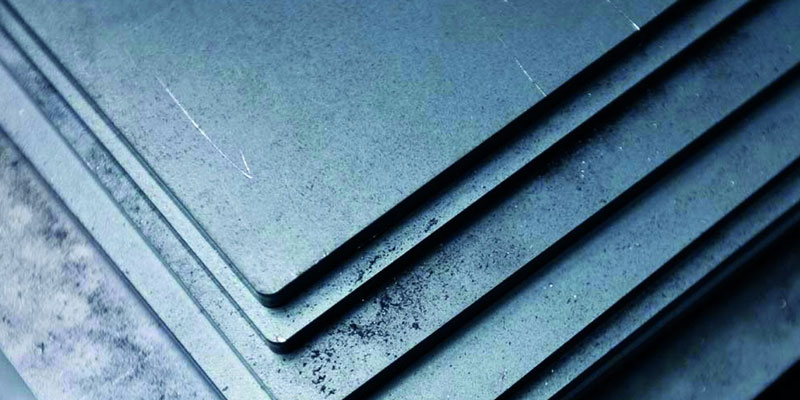AISI 1019

Carbon steels are those that have carbon as the chief alloying element. They have up to 0.4% silicon and 1.2% manganese. In addition, the residual elements such as nickel, chromium, aluminium, molybdenum and copper are present in these steels. AISI 1019 carbon steel is a medium low-carbon steel, and has slightly better machinability than that of lower carbon steels and good weldability.